Lipid biomarkers hold clues to stroke recovery
The brain is the body’s fattiest organ, consisting of 60% fat which plays an integral role in maintaining the brain’s structure and cognitive performance. When an ischemic stroke blocks blood flow to the brain, neurons die. Immune cells rush to clear the resulting cellular debris but can’t digest the overwhelming quantity of lipids from cell death and damage. This causes immune cells, such as macrophages, to become foamy from the accumulation of lipids in the cytoplasm, resulting in the release of neurotoxic factors and triggering a second wave of neuroinflammation.
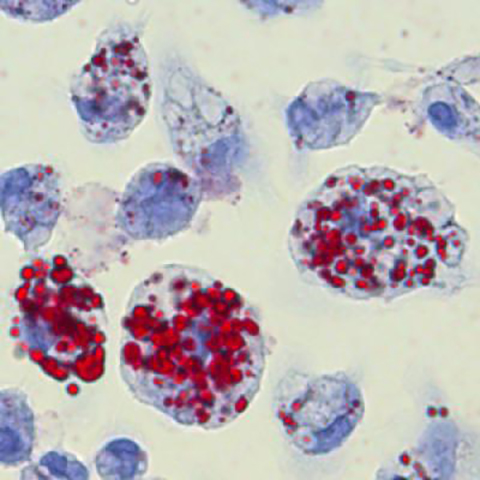
Kristian Doyle, an associate professor, and Danielle Becktel, a postdoctoral fellow at the University of Arizona, recently embarked on a search to identify distinctive plasma biomarkers that track the lipid breakdown and inflammation that follow a stroke, hoping these biomarkers can help develop drugs that will improve stroke outcomes. Their results were published in the Journal of Lipid Research.
Doyle began working in stroke immunology in 2001 while earning his doctorate. Over the years, he’s used a variety of tools to learn about the immunological mechanisms behind stroke and the recovery process that follows. After Becktel joined Doyle’s lab in 2018, they used mass spectrometry to investigate lipidomic and metabolomic changes in the plasma of mice in the weeks after stroke.
Doyle and Becktel found that neurofilament light, or NfL, a marker of neuroaxonal damage, was elevated in the plasma of aged male mice weeks after stroke, highlighting its role in both acute and long-term brain injury. Additionally, the metabolomic analysis showed shifts in lipid and amino acid metabolism, including increased acyl carnitines, which are associated with the breakdown of myelin debris. They also saw high levels of sphingomyelin and hexosylceramide lipids in the plasma shortly after stroke, indicating lipid breakdown and neuronal cell death; however, these levels returned to normal after one week.
“This was a hurdle,” Becktel said. “We hypothesized that the myelin-based lipids would be elevated for weeks after stroke, but we did not see that.”
Becktel and Doyle predict that healing of the blood–brain barrier, macrophage phagocytosis and poor technology sensitivity could be blamed for the disappearance of lipids in the plasma in the weeks after stroke.
“As time goes on, biomarker platforms will have 1,000 times better sensitivity than today,” Doyle said. “So, I think if we were to repeat this in a few years with a different platform with better sensitivity, we will be able to capture the ongoing neurodegeneration by looking at the lipid profiles.”
Caught by surprise, Doyle and Becktel found that accumulation of 12-hydroxyeicosatetraenoic acid, or 12-HETE, a lipid mediator in inflammatory processes, positively correlates with the two waves of inflammation associated with stroke — the initial wave caused by the stroke and the second caused by foamy immune cell infiltration to the brain.
“12-HETE could be a biomarker of inflammation and could be indicative of foam cells in the brain,” Doyle said.
Doyle and Becktel had previously tested a drug to help immune cells process lipid debris in the brain, aiming to prevent foam cell accumulation and the subsequent inflammatory surge.
“Currently, there are no drugs that help patients recover from stroke, despite lots of clinical trials,” Doyle said. “But our early drug treatment experiments show that we can reduce sphingomyelins in the plasma.”
Doyle and Becktel now hope to use 12-HETE as a biomarker to measure how effectively their drug candidate mitigates the secondary inflammation caused by foam cells, bringing them one step closer to new stroke recovery therapies.
Enjoy reading ASBMB Today?
Become a member to receive the print edition four times a year and the digital edition monthly.
Learn moreGet the latest from ASBMB Today
Enter your email address, and we’ll send you a weekly email with recent articles, interviews and more.
Latest in Science
Science highlights or most popular articles
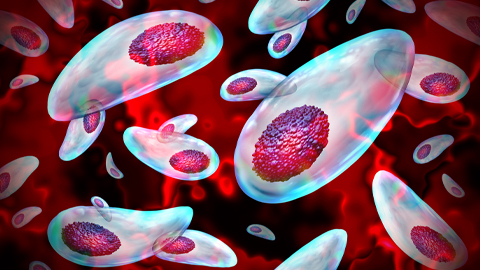
Targeting Toxoplasma parasites and their protein accomplices
Researchers identify that a Toxoplasma gondii enzyme drives parasite's survival. Read more about this recent study from the Journal of Lipid Research.
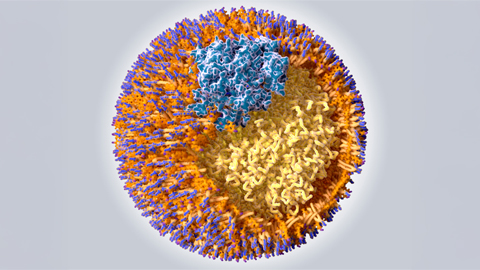
Scavenger protein receptor aids the transport of lipoproteins
Scientists elucidated how two major splice variants of scavenger receptors affect cellular localization in endothelial cells. Read more about this recent study from the Journal of Lipid Research.
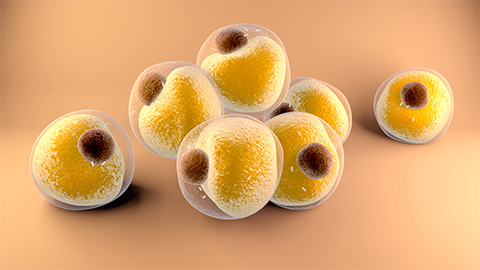
Fat cells are a culprit in osteoporosis
Scientists reveal that lipid transfer from bone marrow adipocytes to osteoblasts impairs bone formation by downregulating osteogenic proteins and inducing ferroptosis. Read more about this recent study from the Journal of Lipid Research.
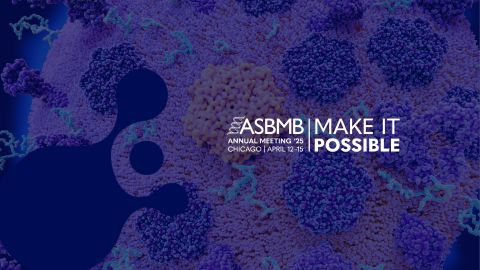
Unraveling oncogenesis: What makes cancer tick?
Learn about the ASBMB 2025 symposium on oncogenic hubs: chromatin regulatory and transcriptional complexes in cancer.
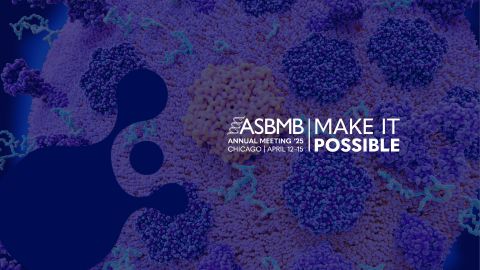
Exploring lipid metabolism: A journey through time and innovation
Recent lipid metabolism research has unveiled critical insights into lipid–protein interactions, offering potential therapeutic targets for metabolic and neurodegenerative diseases. Check out the latest in lipid science at the ASBMB annual meeting.
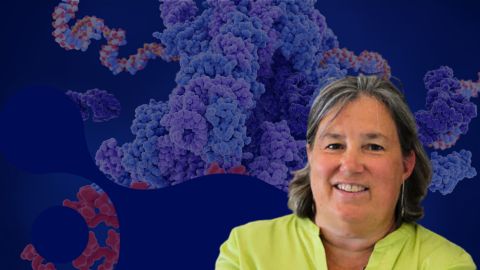
Melissa Moore to speak at ASBMB 2025
Richard Silverman and Melissa Moore are the featured speakers at the ASBMB annual meeting to be held April 12-15 in Chicago.

